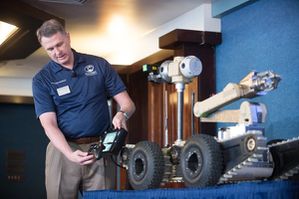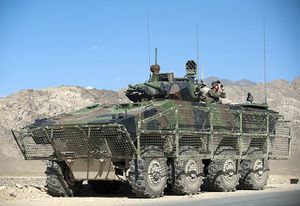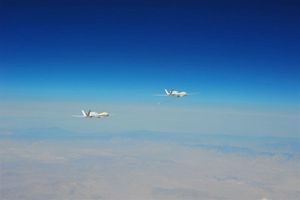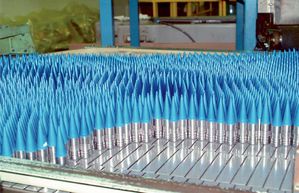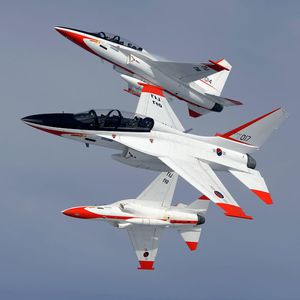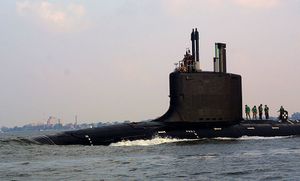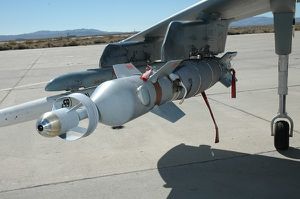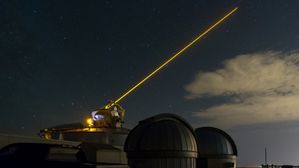Lockheed Martin believes its T-50 jet trainer is well-suited to meet the US Air Force's requirement for a next-generation replacement for the Northrop T-38C Talon.
After seeing a set of draft key performance parameters (KPP) for what the USAF hopes field in the T-X trainer, Mike Griswold, Lockheed's business development director for the T-50, expressed confidence that the company's aircraft will meet the service's requirements.
"There is nothing in here that presents a problem for the T-50," Griswold says. "We designed this aircraft starting about 10 years ago specifically as the T-38 replacement knowing this day would come."
Lockheed believes that the USAF will release a request for proposal in late 2013 or early 2014, but how the programme proceeds is largely dependent on the health of the US defence budget. Griswold estimates that the air force could buy as many as 350 jets to replace the T-38 fleet. If support aircraft such as "aggressor" T-38s used to help train Lockheed Martin F-22 Raptor pilots at Joint Base Langley-Eustis, Virginia, or Tyndall AFB, Florida, are included, that number could increase somewhat.
The T-50, which is currently in service with the South Korean air force, would have to have its cockpit systems tailored to the USAF's requirements. The service wants the aircraft to have embedded training systems that would simulate radars and electronic warfare systems that resemble those found on the F-22 and Lockheed F-35 stealth fighters. "We've been working on that for some time because we've always known that would be a requirement for T-X," Griswold says.
Aerodynamically, the T-50 has the performance to meet the USAF's requirements for G-loading and instantaneous and sustained turn rates. It should also be able to maneuver at better than 20° angle-of-attack. The T-50 will have to be modified with an aerial refueling receptacle, but whether or not it would actually be able to take on fuel or simply make dry contacts has yet to be determined, Griswold says. The USAF's requirements only call for the T-X to make dry contacts-but the capability to train for aerial refueling is critical for prospective F-22 and F-35 student pilots.
Lockheed is also confident that it can deliver the USAF's required simulation capabilities for the T-X programme. The service's specifications call for a comprehensive training system that not only requires robust flight simulation systems, but it calls for the ability to replicate physiological sensations of flying on the ground. Those include a dynamically moving seat and supporting the inflation of a full body G-suit similar that worn by F-22 pilots.
The T-X programme is designed to find the "sweet spot" between simulation and live flying. "But at the end of the day, you gotta go fly the airplane," Griswold says.





